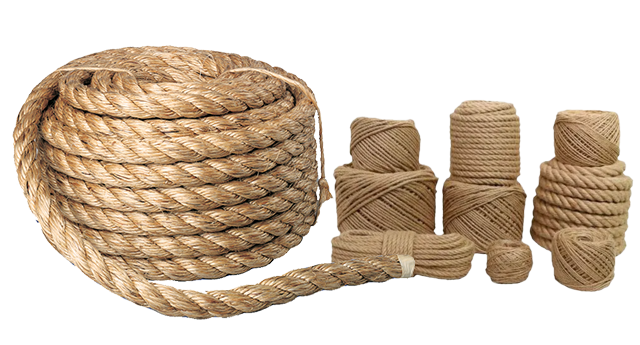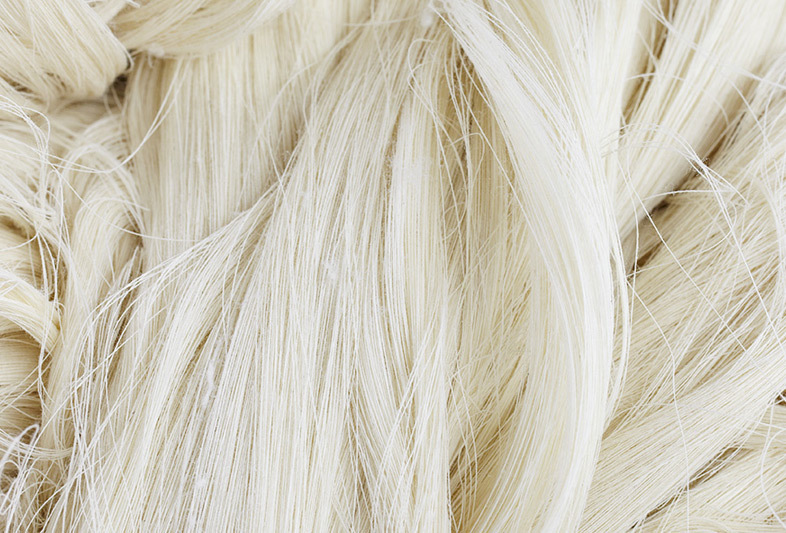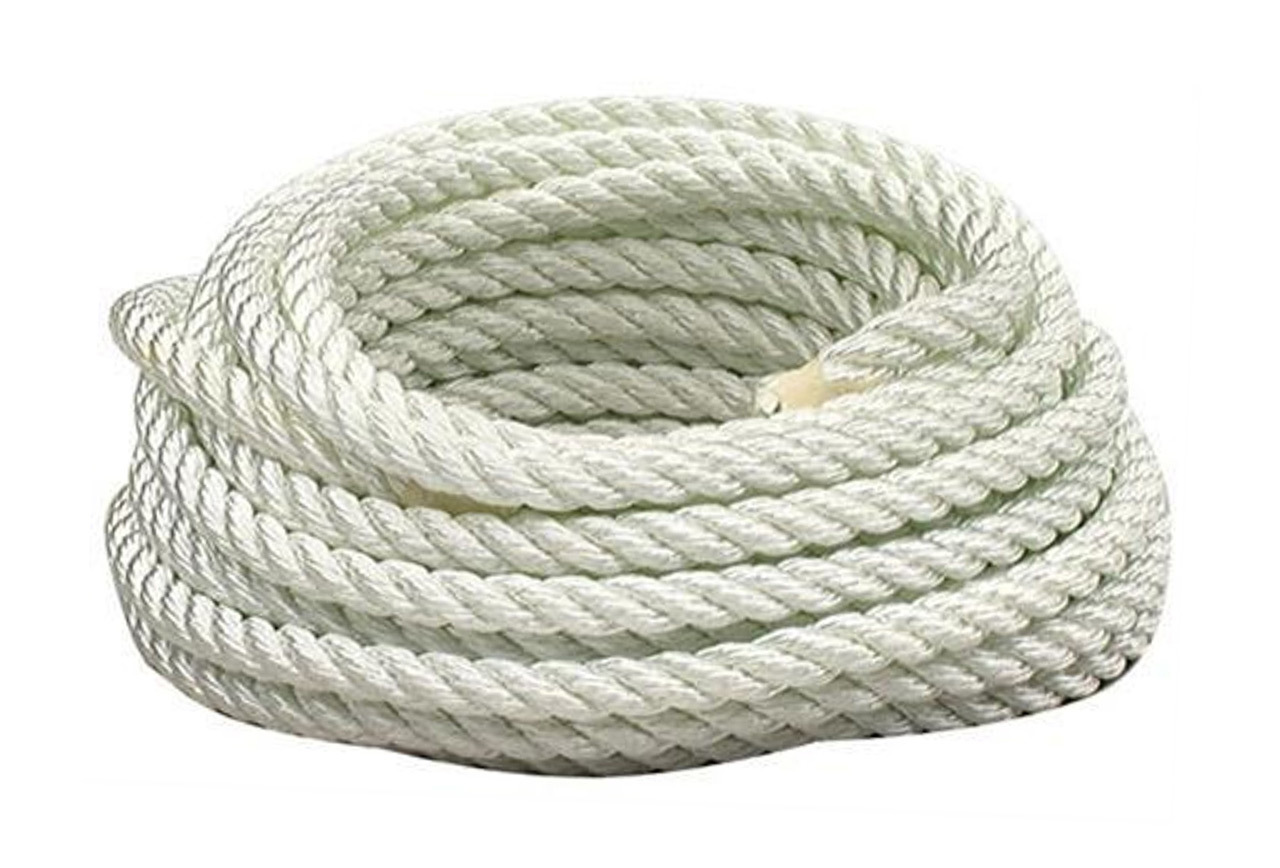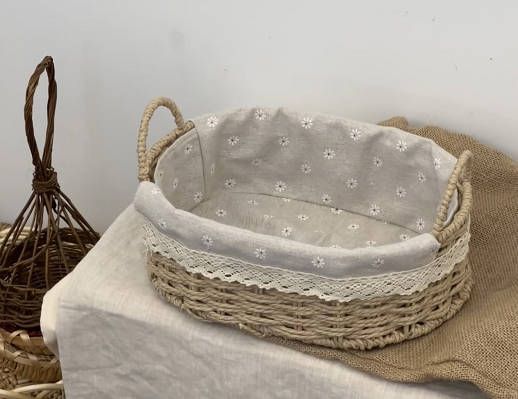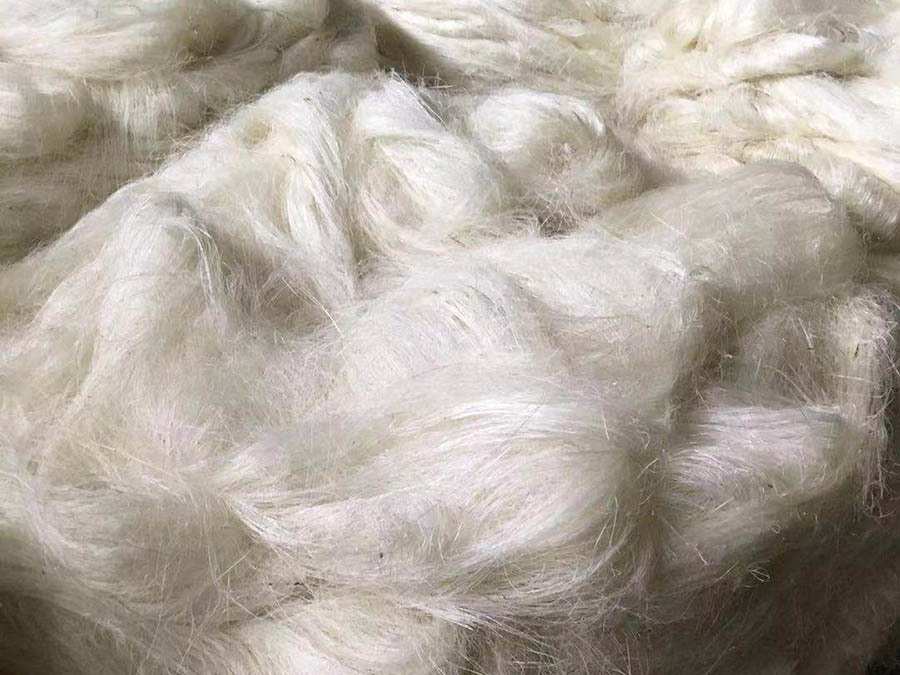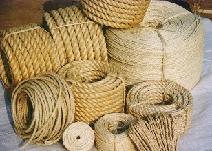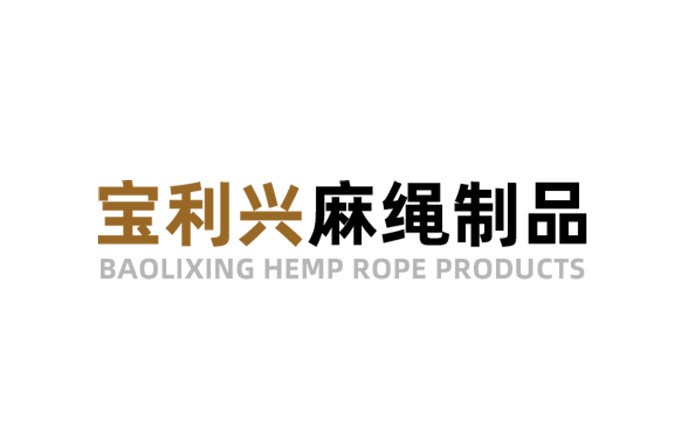The origin of sisal rope
Probably many people have used hemp rope, however, few people know the origin of hemp rope, let alone why it is so tough and strong. Hemp rope is made from the skin of a plant called sisal that has been treated into fibers. In fact, hemp is very fragile and is generally planted in ditches, not on flat ground. Because, hemp rod meets the wind will break, planted in the ditch can shelter from the wind.
2024-01-31
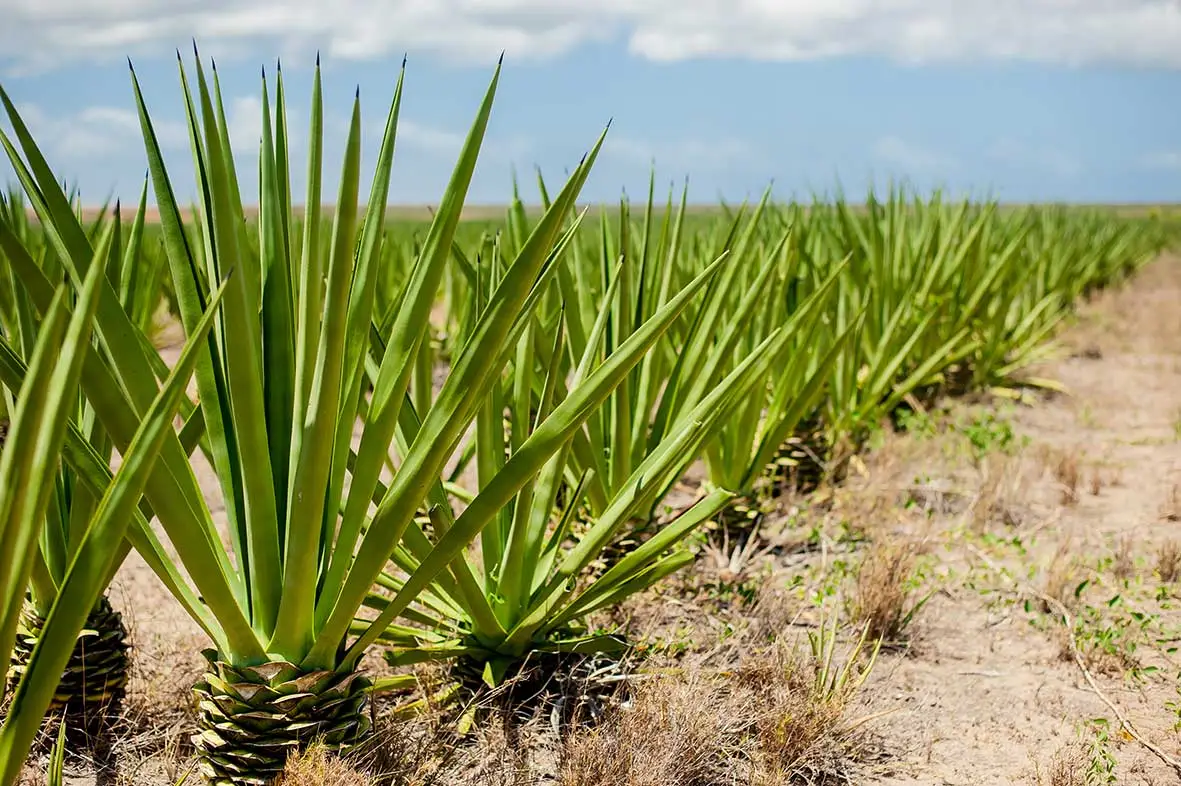
Probably many people have used hemp rope, however, few people know the origin of hemp rope, let alone why it is so tough and strong. Hemp rope is made from the skin of a plant called sisal that has been treated into fibers. In fact, hemp is very fragile and is generally planted in ditches, not on flat ground. Because, hemp rod meets the wind will break, planted in the ditch can shelter from the wind. When the autumn harvest, people down to the ditch, with a sickle stick to the root to cut off the hemp, tied into a bundle of bundles. Then, put them in the pond to soak. Because of the small proportion of hemp, floating on the water does not sink, can not be completely immersed in the water, people use stones to press in a bundle

Probably many people have used hemp rope, however, few people know the origin of hemp rope, let alone why it is so tough and strong.
Hemp rope is made from the skin of a plant called sisal that has been treated into fibers. In fact, hemp is very fragile and is generally planted in ditches, not on flat ground. Because, hemp rod meets the wind will break, planted in the ditch can shelter from the wind.
When the autumn harvest, people down to the ditch, with a sickle stick to the root to cut off the hemp, tied into a bundle of bundles. Then, put them in the pond to soak.
Due to the small specific gravity of hemp, it does not sink when floating on the water surface and cannot be completely immersed in the water. People use stones to press on bundles of hemp until it completely sinks into the water.
This soaking process is called retting. The linen that has not been retted can be peeled off, but it is very fragile, easy to break, and almost useless. To make them twist into hemp rope, take on the heavy responsibility, must go through this process.
After half a month, the time limit for flax is up. People took the stones that were pressed on the hemp bundles and fished them out of the water. At this point, hemp has changed color, no longer green, but black. Besides, it smells smelly and smoky. Next, peel off the hemp and wash away the silt.
and turbidity. The dried hemp skin has completely changed, with a white and bright color and a faint fragrance. After processing, hemp skin into fiber, by hand or machine into hemp rope, you can take on the responsibility.
The burden is heavy, not seeing the sun, sinking in the cold water, experiencing the erosion of muddy water, which is a necessary process to make a tough, strong and good hemp rope.
This is similar to what Mencius said, "The day will drop a great responsibility to the people of this country, they must first suffer their will, strain their bones and muscles, and starve their skin..." Without the tempering of the retting process, the hemp rope will not be tough and cannot bear the heavy responsibility; the same is true for people, only through the tempering and training of heavy burdens and setbacks, will they be tough and can bear the heavy responsibility.
Previous Page:
Next page:
looking for hemp rope products manufacturers?
Service Hotline:
E-mail:
Address:
Tofu Shop Team of Disha Village, Mapo Town, Luchuan County, Yulin City, Guangxi Province


